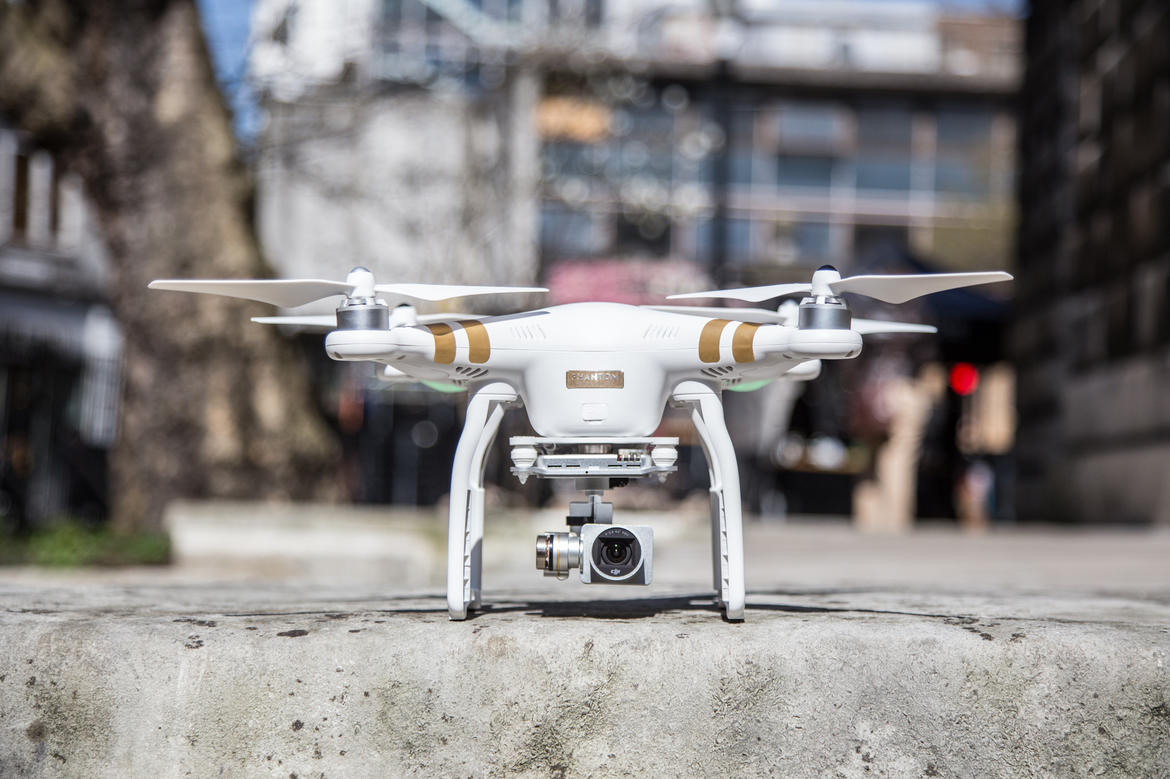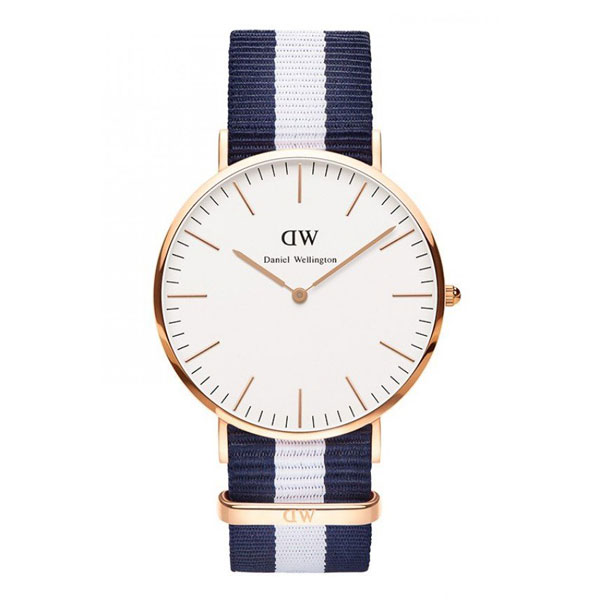
A friendly Italian woman, probably in her mid-fifties, looked over my shoulder at the live feed from my mobile device and stopped dead in her tracks. Her transfixed gaze slowly lifted from the screen to meet my eyes and she said, “I was born in Florence and I’ve lived here all of my life, but I’ve never seen my city look as beautiful as this.” It was then that I noticed that her eyes were filled with tears. Smiling, wrapped up in the emotional moment and honestly becoming a bit teary eyed myself, I didn’t know what to say except, “thank you.”
This encounter was a turning point for me. I was already a huge fan and avid user of DJI Quadcopter / Drone technology, but these few simple words from a complete stranger solidified my perception of the sheer potential of personal aerial photography and videography devices. This statement may seem strange to some, but let’s dive into together as I share my perspective as photographer integrating these new tools for capturing the world.
Since I started traveling full-time as a photographer in 2009, I’ve consistently gone out of my way to find the most awesome vantage points possible for my photography. I’ve literally climbed mountains, paddled kayaks, ridden pack mules, contracted helicopters, you name it and I’ve done it. Whether it’s a 50 hour airline travel itinerary, a simple 25 meter rocky climb, or even multiple days sleeping in a car, or any number of other uncomfortable conditions for that matter, whatever it’s taken to get the shot I have considered well worth the effort. I often feel like most of my job is working to arrive in the best possible place to take a photo, because the location and framing of my subjects are the core of my unique style of travel photography.
At first this seems great. It means that you’re always a safe distance away, right? No, not exactly, because eventually you test the limits in order to get the perfect shot…
Let’s just say that learning to judge and compensate this optical depth perception issue is not without its casualties and flying in complex environments can be costly when you make a mistake. With my case in particular, a run-in with a tree, the cost of learning on the job was a new Gimbal and GoPro 4 Black. Thankfully the Phantom 2 itself came out with just a few minor scratches and still functions perfectly. Considering how mangled everything else was, that really speaks highly of the Phantom 2’s durability.
- Upgradable camera system since GoPro makes regular model updates
- Ability to use ProTune function to capture a higher bitrate for more control in post-processing
- The GoPro can be removed and used in other environments
- Flying blind can teach you a solid foundation of flying skills based on fully understanding your environment and real-time spatial relationships.
- The remote is smaller, more lightweight, and doesn’t have the bulky smart device attachment.
- You can add Lightbridge and have the same visual feedback as the Phantom 2 Vision+ with the GoPro but it’s a costly upgrade
- Flying without a first person view can be very difficult when you’re a beginner to cinematography techniques.
- GoPro Wifi upsets the flight controls and is only suitable for very short distances. This makes the built in GoPro video transmission useless when flying.
- Registering true depth can be very difficult without live visual feedback
- GoPro camera distortion which can be intense when shooting at ultra wide and wide settings. (Note that this can be corrected fairly easily in most editing packages)
- Cannot remotely trigger recording, still / video capture, or change settings during flight without returning the drone home.
| Performance | |
|---|---|
| Maximum Speed | Ascent: 16.4′ fps / 5 m/s Descent: 9.8′ / 3 m |
| Hover Accuracy | Vertical: ±3.9″ / 10 cm Horizontal: ±3.3′ / 1 m |
| Maximum Altitude | Above Sea Level: 19,685′ / 6000 m |
| Flight Time | 23 minutes (depending on conditions) |
| Flight Control System | |
|---|---|
| GPS Mode | GPS / GLONASS |
| Vision Positioning | Frequency: 50 Hz Velocity Range: Below 26.2 fps / 8 m/s (6.6′ / 2 m above the ground) Altitude Range: 11.8″ to 118.1″ / 30 cm to 300 cm Operating Range: 11.8″ to 118.1″ / 30 cm to 300 cm
Operating Environment: Surface with clear pattern and adequate lighting (> 15 lux) |
| Transmitter | |
|---|---|
| Frequency | 2.400 to 2.483 GHz |
| Communication Distance | 6561.7′ / 2000 m (outdoors and unobstructed) |
| Receiver Sensitivity | 1%PER: 101 dBm ±2 dBm |
| Transmitter Power | EIRP: 20 dBm |
| Working Current | 1.2 A at 7.4 V |
| Connectivity | 1 x USB type A female for mobile device interface 1 x Micro-USB female for firmware updates / assistant software 1 x Charge port |
| Lightbridge Support | Yes; compatible iOS or Android mobile device with USB required |
| Mobile Device Holder | Compatibility: Tablet or smartphone |
| Operating Temperature | 32 to 104°F / 0 to 40°C |





So, was this an actual DJ3? I thought they had an onboard camera, let this reviewer mentions a go pro? Admittedly I am confused, but I am also new to this product range…
yowza!